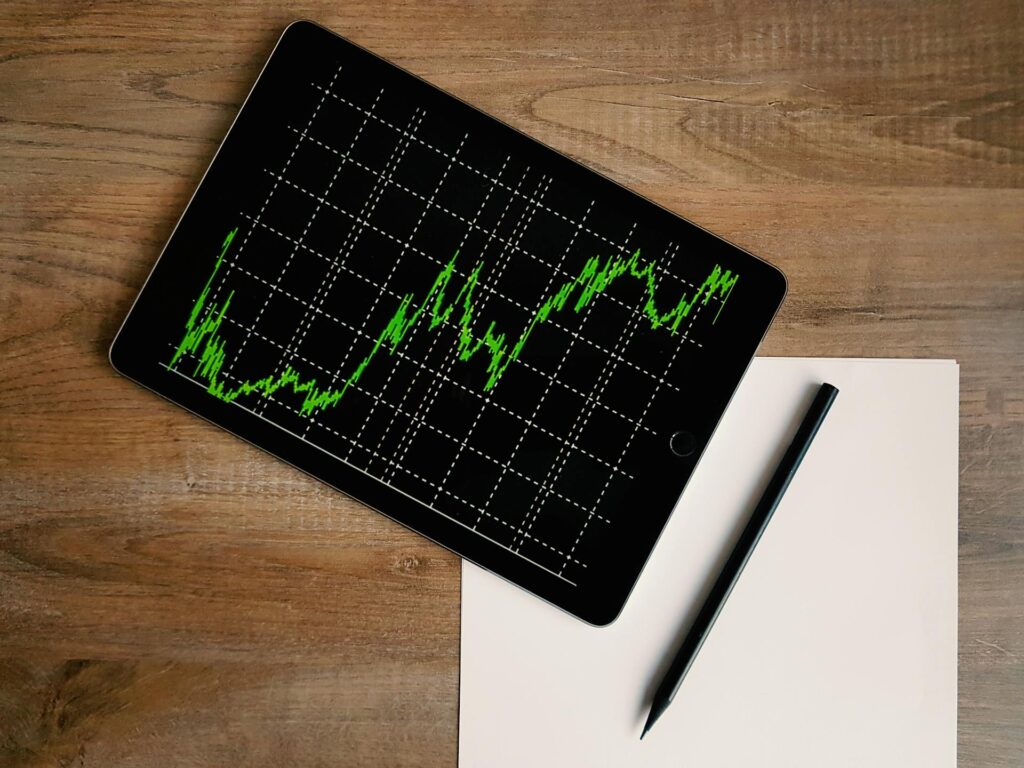This 1 Chart Says a LOT
TL;DR
The major stock market indices continue to hit all-time highs in 2024. But most of that growth has been attributed to a handful of companies, bolstering the argument that rather than trying to identify individual winners, passive investors are likely better off parking their money in index funds.
A picture is worth a thousand words. Evidently, so are stock charts.
Last week, Yahoo! Finance released a series of charts, and one — based on Bloomberg data — caught our eye.
The number of stocks outperforming the S&P 500 is at a historic low:

At a time when the Magnificent Seven stocks — Apple, Microsoft, Nvidia, Alphabet, Amazon, Meta and Tesla — account for 31% of the S&P 500 … it’s no wonder that people have growing concerns about the market being over-concentrated.
And while the tech sector, led by those seven mega-cap companies, has been leading the market higher, the other 493 companies in the S&P 500 have largely been underperforming the index.
So today, we’re going to revisit index funds, why they make sense and why Warren Buffett believes they’re the best investment for average Joe investors.
Set It & Forget It
If last week’s tech selloff taught us anything, it’s that people allow the market’s daily fluctuations to adversely influence their decision-making.
Here’s a great example.
Between July 10 and July 17, Nvidia lost -12.54%, sparking a panic that spread across most of the tech sector with billions of dollars being liquidated. However, since July 19, it’s already gained back 5%.
Meanwhile, on the year, Nvidia’s posted a 156% gain and is up 2,719% over the past five years.
Panic sellers will always lose.
And our mantra remains, “When in doubt, zoom out.” Short-term volatility should not be confused with market corrections (10%-20% decreases).
Equities — whether stocks, ETFs or mutual funds — never go up in a straight line. And while the general direction of the market during bull runs is up and to the right, there will be occasional pullbacks (5%-10% decreases) when investors lock in gains and prices are momentarily driven down.
But for retail investors who understand they can’t — and shouldn’t — try to time the market, heeding Buffett’s advice is as good as gold: “For most people, the best thing to do is to own the S&P 500 index fund. People will try and sell you other things because there’s more money in it for them if they do.”
Low Cost, Lower Risk
Rather than trying to identify the next big winner, index funds provide investors with broad-based exposure at reasonable prices and low expense ratios (the management and administrative fees charged by funds).
Not only are they safer than owning individual stocks, they provide strong growth potential while also paying decent dividend yields.
Take, for example, the world’s oldest ETF, the SPDR S&P 500 ETF Trust (SPY), or its sister fund, the SPDR Portfolio S&P 500 ETF (SPLG).
Both are market weighted with top holdings that mirror the S&P 500, which is the aim of index funds: to replicate — but not necessarily outperform — an underlying benchmark.
So far this year, the S&P 500 is up 17.35%. Index funds tracking it:
- SPY: up 17.34%
- SPLG: up 17.33%
- VOO: up 17.50%
- VTI: up 16.33%
And for investors who want to invest in tech and other growth equities, but aren’t comfortable choosing individual stocks, there are excellent options for index funds that mirror the Nasdaq, which is up 22.14% this year:
- NASDX: up 19.86%
- QQQ: up 19.67%
- QQQM: up 19.63%
- ONEQ: up 22.13%
Why ETFs Are Gaining Popularity
According to the Journal of Financial Planning’s “2024 Trends in Investing” report, ETFs are the most commonly recommended investment based on the 208 financial planners surveyed.
And they’re probably on to something, too. Yes, some of the Magnificent Seven stocks have outperformed the market this year. But not all of them.
Tesla is actually down -12.28% in 2024. And for some other incredibly popular, household name stocks, it’s a similar story, with returns that haven’t matched that of the S&P 500 this year:
- Visa: 2.29% (16th largest company by market cap)
- UnitedHealth Group: 3.03% (17th largest company by market cap)
- ExxonMobil: 10.93% (18th largest company by market cap)
- Mastercard: 4.72% (20th largest company by market cap)
- Procter & Gamble: 12.46% (22nd largest company by market cap)
- Johnson & Johnson: -4.86% (26th largest company by market cap)
- Home Depot: 4.68% (28th largest company by market cap)
You get the picture. And if you don’t, here’s a literal one. Who would you rather be:

Instead of worrying about quarterly earnings reports or cash flow statements, index fund investors can sit back, relax and enjoy outpacing the gains (and in some instances, the losses) of many mega- and large-cap companies.

